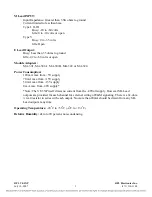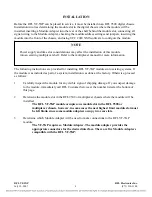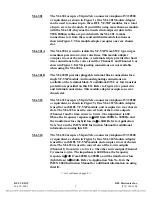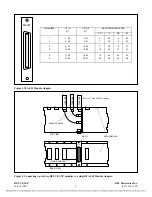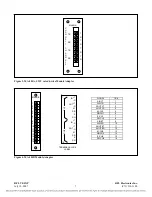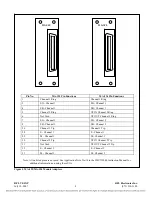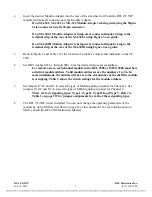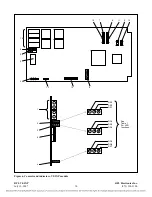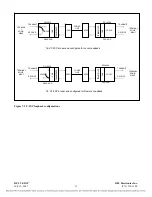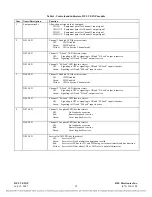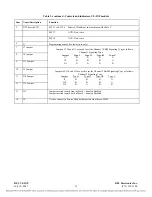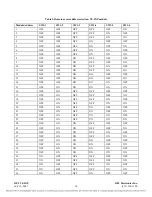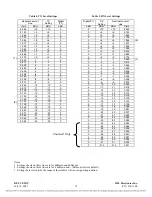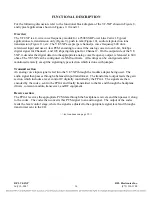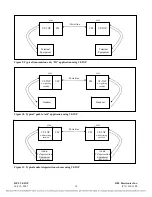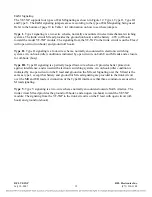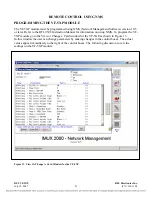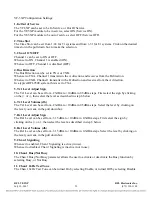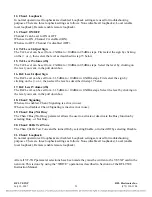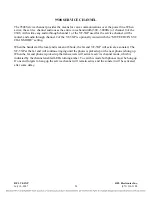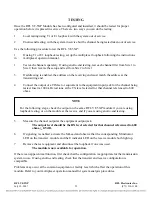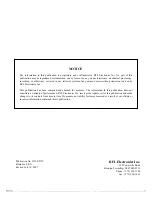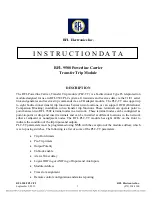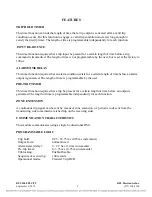
RFL VF-5XP
RFL Electronics Inc.
July 10, 2007
16
(973) 334-3100
FUNCTIONAL DESCRIPTION
For the following discussion, refer to the functional block diagram of the VF-5XP shown in Figure 8,
and typical applications shown in Figures 9, 10 and 11.
Overview
The VF-5XP is a 4-wire voice frequency module for a 9508 SSB Power Line Carrier. Typical
applications are transmission only (Figure 9), push to talk (Figure 10), audio teleprotection tone
transmission (Figure 11), etc. The VF-5XP accepts (per channel) a voice frequency 600 ohm
referenced input and uses A-law PCM encoding to convert the analog voice into an 8-bit, 64 kbps
digital signal for Channel 1, and 128 kbps digital signal for Channel 2. On the output side of the VF-
5XP, it decodes the digital data into the appropriate analog voice frequency output, referenced to 600
ohms. The VF-5XP can be configured via NMS software. All settings can be configured and/or
monitored remotely except the signaling type selection which is done with jumpers.
Transmit section
An analog voice input signal is fed into the VF-5XP through the module adapter being used. The
audio signal then passes through a balanced input transformer. The transformer output feeds the gain
section which includes a level control IC digitally controlled by the FPGA. The signals are then
encoded by the codec, sent to the FPGA and finally transmitted to the far end through the backplane
drivers, common module, transceiver, and RF equipment.
Receive section
The FPGA receives the appropriate PCM data through the backplane receivers and then passes it along
to the codec. The codec then converts this PCM signal to an audio signal. The output of the codec
feeds the level control stage, where the signal is adjusted to the appropriate signal level and through a
transformer sent to the I/O.
>> text continues on page 19 <<


